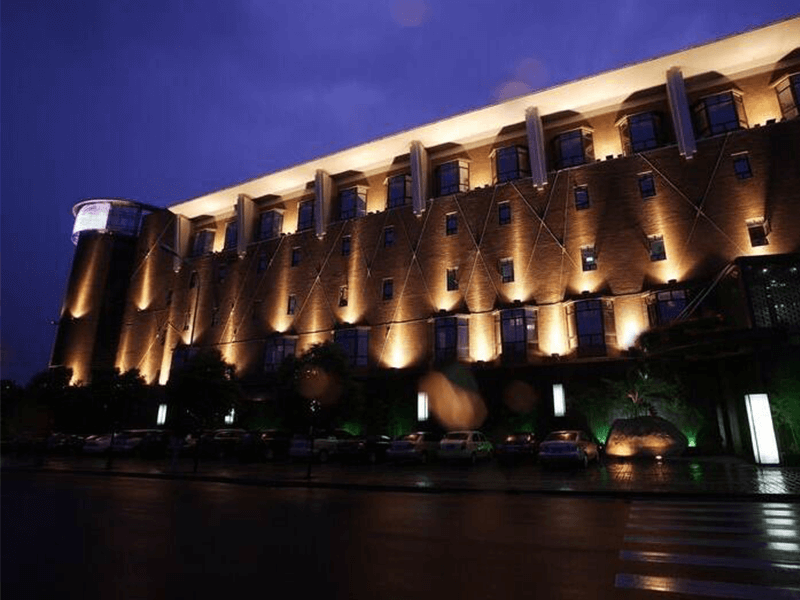In the ever-evolving narrative of urban development, the concept of Smart Cities emerges as a buzzword and a dynamic vision for the future. Mere bricks and mortar do not confine these cities; they are living, breathing entities that harness the power of technology to redefine urban living. At their core, Smart Cities embody a harmonious convergence of intelligence, sustainability, and connectivity.
In essence, a Smart City is a visionary urban environment that utilizes cutting-edge technology to enhance the quality of life for its residents. Characteristics of such cities include seamless connectivity, efficient resource management, sustainability practices, and an inherent adaptability to the ever-changing needs of its populace. It’s not just about infrastructure; it’s about an ecosystem where technology serves as the heartbeat, pulsating life into every facet of urban living.
Critical Components of Smart Cities
1. IoT (Internet of Things) Integration
Imagine a city where every lamppost, every public utility, and every mode of transportation is not just a physical entity but a node in a vast, interconnected web. This is the essence of IoT integration in Smart Cities. The Internet of Things transforms inert objects into intelligent agents that communicate seamlessly. From smart traffic lights that adapt to real-time congestion patterns to waste management systems that optimize collection schedules based on usage patterns, IoT integration is the digital thread weaving through the urban fabric, creating a city that responds, learns, and evolves.
2. Data Analytics
Information becomes a potent tool for informed decision-making in the data-driven landscape of Smart Cities. Data analytics converts unprocessed data into valuable insights, providing city planners and administrators with the tools to comprehend, forecast, and enhance different facets of urban living. Whether predicting peak traffic hours for efficient public transportation or analyzing energy consumption patterns to implement sustainable practices, data analytics is the visionary lens that transforms information into intelligence.
3. Infrastructure Development
Beyond the gleaming skyscrapers and well-paved roads, the soul of a Smart City lies in its infrastructure. It’s not just about physical structures; it’s about a dynamic interplay of digital and tangible elements. High-speed connectivity forms the nervous system, enabling seamless communication between devices. Smart grids revolutionize energy distribution, ensuring efficiency and sustainability. The development of infrastructure in Smart Cities is a thoughtful choreography where each element contributes to the overall efficiency and resilience of the urban ecosystem.
In traversing the landscape of Smart Cities, we witness technological innovation and a holistic reimagining of urban living. It’s a journey where the definitions of connectivity, sustainability, and efficiency are rewritten, and the urban experience is transformed into a symphony of intelligent design. Join us as we unravel the layers of this urban metamorphosis, where technology and human-centric planning converge to create tall and smart cities.
